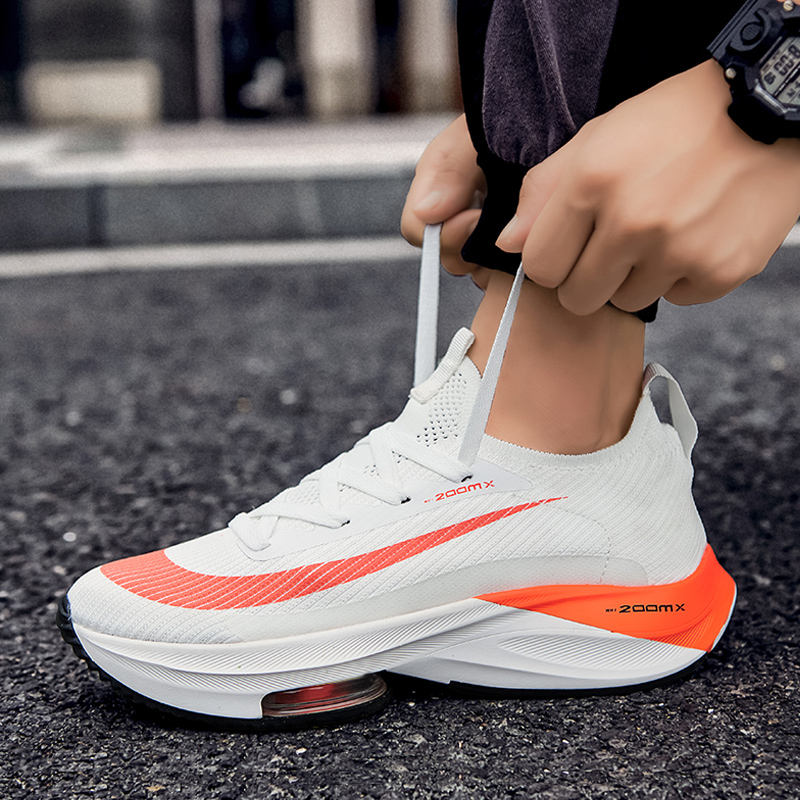Breathability Standards for Men’s Running Sneakers: Mesh, Knit, and Linings
Introduction: Why Breathability Matters in Performance Footwear
When buyers evaluate running sneakers, breathability is often one of the first features their customers look for. Poor airflow can lead to heat buildup, discomfort, and even faster material breakdown. For B2B buyers sourcing private-label sneakers, working with trusted Men Sneaker Manufacturers ensures that mesh, knit, and lining components meet both comfort and durability standards.
🌬️ Mesh Uppers: Lightweight & High Airflow
Mesh fabric remains one of the most common materials in men’s running sneakers. Its open-pore design promotes airflow while keeping shoes light. Buyers should pay attention to:
-
Density of weave – controls both strength and ventilation.
-
Reinforcement overlays – prevent stretching without blocking breathability.
-
Moisture management – treated mesh helps wick sweat during performance.
Professional Sneaker Manufacturers use advanced weaving technology to balance airflow with structural integrity, making mesh a go-to choice for performance sneakers.
🧵 Knitted Uppers: Flexible Fit Meets Function
Knitted uppers have become increasingly popular because they combine breathability with adaptive fit. Advantages include:
-
Seamless construction – reduces hotspots and irritation.
-
Targeted ventilation zones – tighter and looser stitches where needed.
-
Style flexibility – allows modern, fashionable looks without losing performance.
Brands sourcing from Men Sneaker Manufacturers often rely on 3D knitting machines that enable faster prototyping, cost-effective production, and reduced material waste.
🧪 Lining Materials: Hidden But Critical
While mesh and knit are visible, linings play a silent role in comfort and airflow. They regulate moisture, protect the foot, and extend sneaker lifespan. Key considerations for buyers include:
-
Moisture-wicking textiles to keep feet dry.
-
Anti-odor finishes that ensure freshness during intense activity.
-
Soft, breathable padding that balances comfort with performance.
By choosing suppliers who integrate advanced lining technology, brands can offer products that meet the highest breathability standards.
✅ Testing Standards for Breathability
B2B buyers should insist on testing protocols to ensure quality. Common tests include:
-
🔹 Air permeability tests – measuring airflow through uppers.
-
🔹 Moisture management tests – assessing sweat absorption and release.
-
🔹 Flex and abrasion tests – ensuring materials don’t weaken over time.
Reliable Sneaker Manufacturers conduct these tests regularly to maintain compliance with international quality standards.
🌍 Why This Matters for Procurement
Understanding breathability standards benefits buyers in two major ways:
-
📈 Customer satisfaction – breathable sneakers sell better in sports and lifestyle markets.
-
💼 Reduced returns – fewer complaints about discomfort or overheating.
By aligning with professional Men Sneaker Manufacturers, brands can deliver high-performance running sneakers that meet global demand.
Conclusion: Building Market-Ready Running Sneakers
Breathability is more than just a feature—it’s a competitive advantage. Mesh, knit, and lining materials must be carefully selected and tested to meet the demands of today’s athletes. For companies sourcing men’s running sneakers, partnering with skilled Sneaker Manufacturers ensures every pair is engineered for both comfort and durability.




















